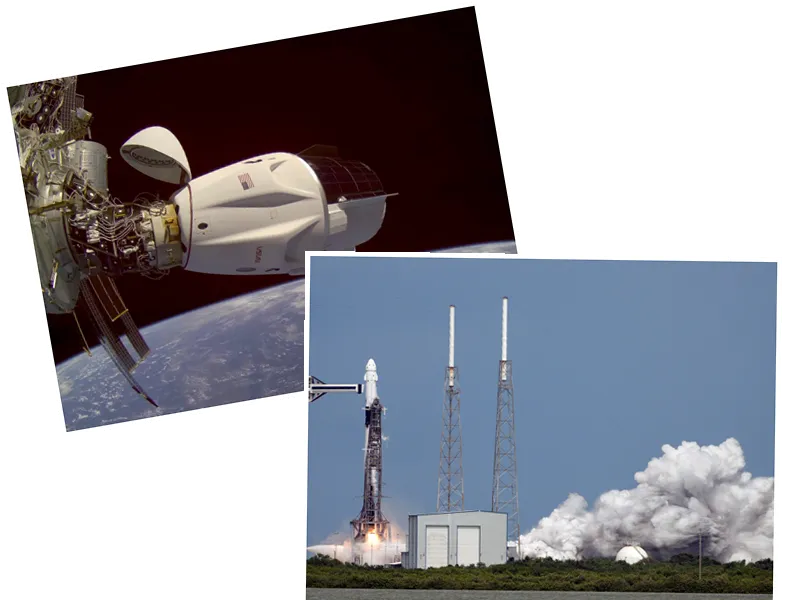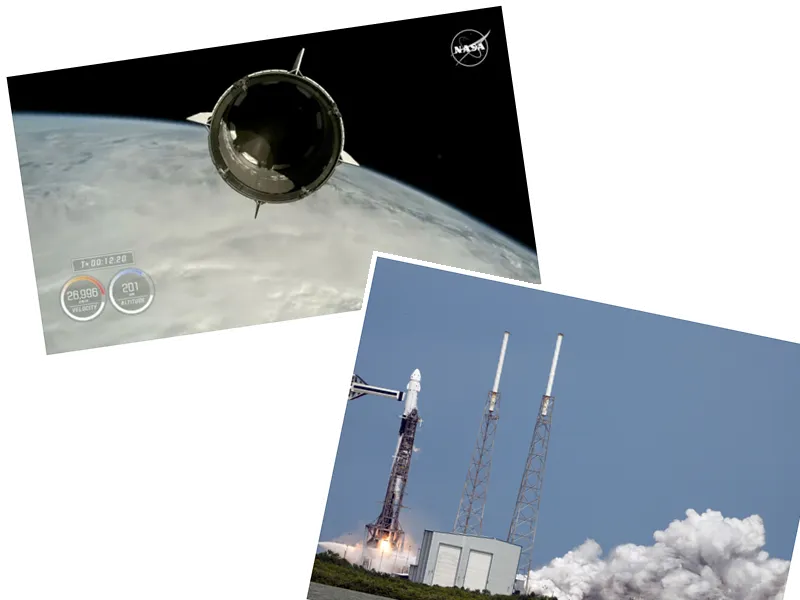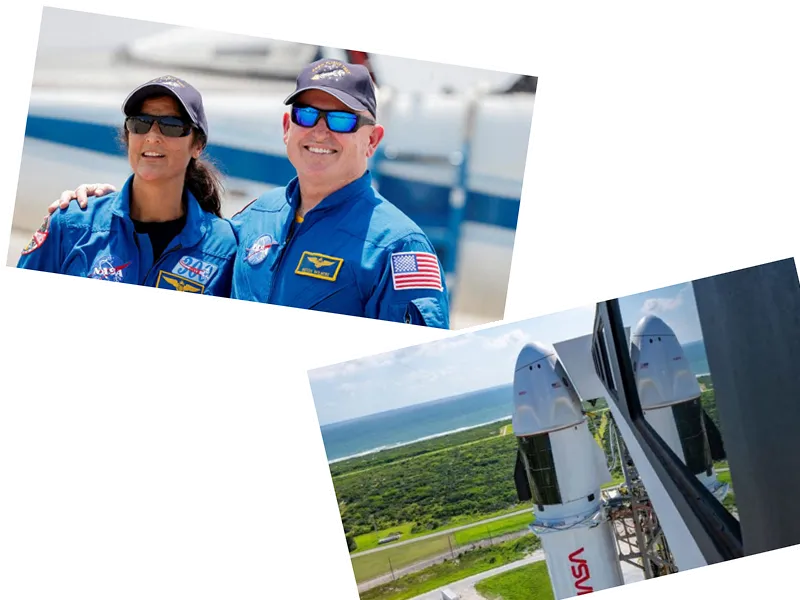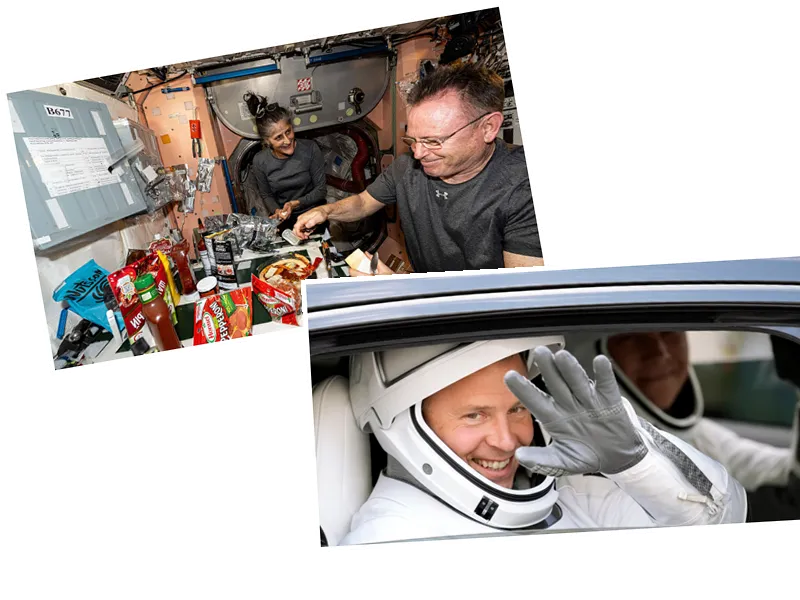NASA has announced that astronauts Butch Wilmore and Suni Williams, currently aboard the International Space Station (ISS), will return to Earth aboard a SpaceX Crew Dragon spacecraft instead of the Boeing Starliner. This decision comes after significant issues were identified with the Starliner's thrusters during its mission, leading to safety concerns. Originally intended for a nine-day stay, the astronauts will now remain in space for approximately six months, returning in February 2025.
NASA Administrator Bill Nelson emphasized the agency's commitment to crew safety, noting that the choice to return the Starliner unmanned was driven by the need to address the malfunctions and ensure a secure return for the astronauts. Despite Boeing's insistence on the Starliner's safety, ongoing technical disputes between NASA and Boeing have complicated the situation. Nelson expressed confidence that the Starliner will eventually be able to carry astronauts safely, but acknowledged the need for further testing before that can happen.
The implications of this decision are significant for Boeing, which has already faced considerable delays and losses in its development of the Starliner program. With the successful and cost-effective Crew Dragon missions by SpaceX, the competition in the commercial spaceflight sector is intensifying, raising questions about Boeing's future role in NASA's plans.
- The Starliner spacecraft has been docked at the ISS since June 6, 2024, but various malfunctions, including control engine failures and helium leaks, have plagued the mission. NASA's decision to prioritize safety over the timeline reflects the lessons learned from past tragedies in the agency's history, including the Challenger and Columbia disasters. The agency's management is acutely aware of the risks involved in space travel, particularly during test flights.
- This scenario marks a pivotal moment in the ongoing space race between private companies, as NASA has shifted its reliance from Boeing's Starliner to SpaceX's Crew Dragon. The contrasting performance and reliability of the two spacecraft are likely to influence future contracts and partnerships within the commercial space sector.






